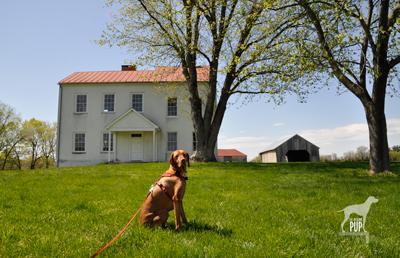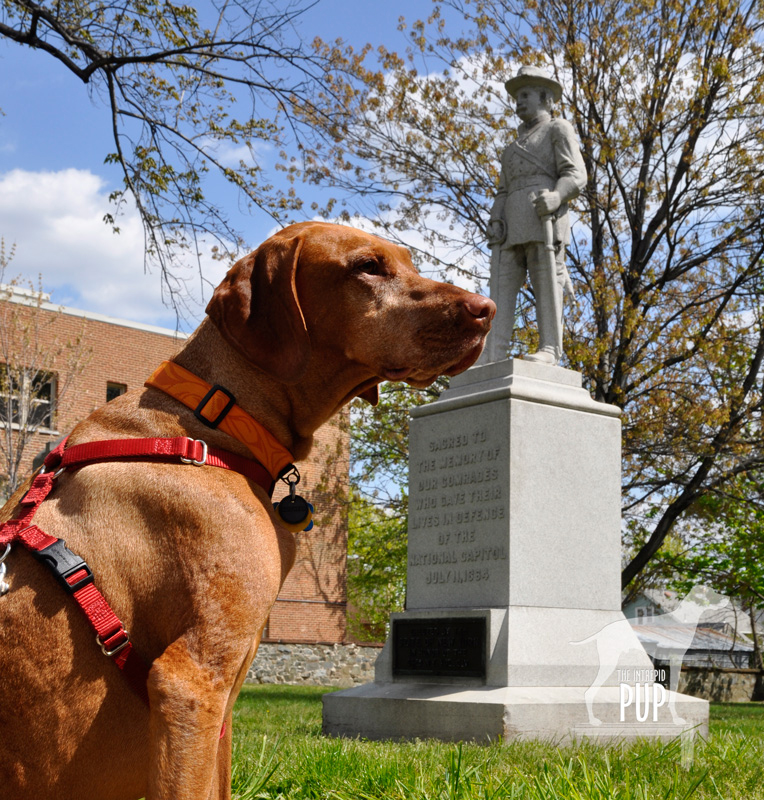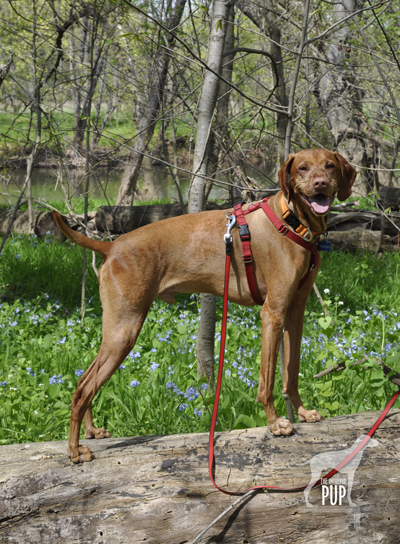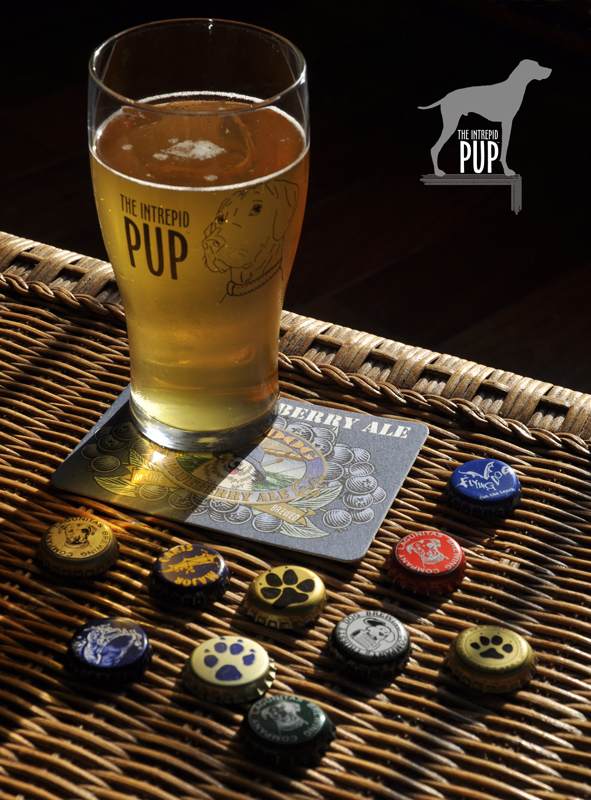
Why, yes that is an Intrepid Pup pint glass! And it’s surrounded by bottle caps representing some dog-inspired brews and breweries. How many do you recognize?
Did you realize that the average American lives within 10 miles of a brewery? So says the Brewers Association, and they’re in a position to know. This national association represents more than 70% of the American brewing industry, with its members making more than 99% of all beer brewed in the United States.
All fascinating facts, to be sure, but how does this relate to the Intrepid Pup? Well, it’s American Craft Beer Week®, an annual celebration since 2006 that showcases more than 1,900 small and independent craft brewers with thousands of community-based events across all 50 states.
While true beer purists this week have focused on things like hop content, organic sourcing, and original gravity calculators, the Intrepid Pup has taken a totally different tack: dog-inspired beers and breweries.
Beer is an elixir that’s the product of art, chemistry, and a lot of time and patience. Many a brewer over the centuries has stood watch over a mash tun with a faithful canine companion, so perhaps it’s no wonder that a few have taken that relationship a step further and made those dogs the very faces of their breweries. Let’s take a look at some modern examples in 11 different states:
Spanish Peaks Brewing Company’s Black Dog Ales hail from Polson, Montana. The original “black dog” gazing out of the logo is Chugwater Charlie Hill (a.k.a. “Chug”). Though Chug is no longer alive, he was a prolific stud with many surviving descendants, and Chug’s granddaughter Taylor is owned by the current brewer. Chug’s paw print appears on the brewery’s bottle caps.
Lagunitas Brewing Company – Petaluma, California: Petey, the spunky American Staffordshire Terrier of Little Rascals fame, is the basis for the fictional pup whose visage graces every Lagunitas bottle cap. It was hoped that the loyalty of man’s best friend would resonate with customers and translate to loyalty to the brand. Looks like the strategy is working pretty well!
Portsmouth, New Hampshire’s Smuttynose Brewing Company uses a harbor seal in its marketing but calls a Weimaraner/Brittany Spaniel mix named Olive (1991-2007) the “iconic mascot and spirit guide of our brewery.” Olive was the inspiration both for Old Brown Dog Ale in the brewery’s first year of operation in 1994 and also for the Really Old Brown Dog Ale released 13 years later.
Big Dog’s Brewing Company out of Las Vegas, Nevada, features a head shot profile of a black Labrador Retriever and a beer line-up that includes Red Hydrant Ale, Watch Dog Wit, Alpha Dog Double Red, and Wonderdog Double IPA.
Halfway around the world, after climbing K2—the world’s second highest peak—in 1983, George Stranahan happened upon a painting of a dog with bat wings. The surreal image stuck with him, influencing the moniker of the Flying Dog Brewpub he founded in 1990 in Aspen, Colorado. By 1994 it had become the full-blown Flying Dog Brewery in Denver and is now based out of Frederick, Maryland. Since 1996 the edgy, ink-spattered dogs drawn by British artist Ralph Steadman (b. 1936) have been hallmarks of the brewery’s bottle caps and labels. The beers include Garde Dog, Dogtoberfest, K-9 Winter Ale, Kujo Imperial Coffee Stout, and four beers in a special “Canis Major” line.
Roswell Barker, an English bulldog, is the mascot for Portland, Oregon’s Hair of the Dog: “Loyal…Pure…Faithful…Wet Nose.”
Turns out there’s a real dog behind Laughing Dog Brewing of Ponderay, Idaho, and it’s the family yellow Labrador Retriever named Ben. There’s even a “laughing dog” apprentice in Ben’s son Ruger. The brewery’s self-proclaimed “fetchingly good beers” include Alpha Dog IPA, DogZilla Black IPA, Cold Nose Winter Ale, Devil Dog Imperial IPA, and Dogfather Imperial Stout.
Barney, an uncharacteristically water-loving Great Pyrenees, is the “sea dog” of Maine’s Sea Dog Brewing Company. Barney has since passed on but is immortalized with his paw print on the bottle caps and his cheerful countenance—wearing a Sou’wester Fisherman’s hat—appearing on all the labels.
A cartoonish, sleepy dalmatian is the logo for Sleepy Dog Brewery of Tempe, Arizona. The dog theme extends to the names of its brews, which include Wet Snout Milk Stout, Tail Chaser American IPA, Red Rover Irish Red Ale, and Dog Pound Pale Ale.
Thirsty Dog Brewing Company in Akron, Ohio, depicts a lovable, floppy-eared scamp holding a beer mug in its mouth. He’s even on the bottle caps!
Wild Blue, the specialty fruit lager infused with blueberries first released by mega-brewery Anheuser-Busch in 2005, can hardly qualify as a true “craft beer,” but we’re including it here for two reasons: 1. A comical, stylized bright blue bulldog fronts the brand. 2. The St. Louis-based brewing giant gets kudos for its Bud Light “Here, Weego!” spot that aired during Super Bowl XLIV. Featuring a mixed breed rescue dog (real name: Nugget), the commercial was tied to a Facebook™ fan campaign resulting in the brewery making a $250,000 donation to Tony La Russa’s Animal Rescue Foundation in California.
Another shout-out goes to Baying Hound Aleworks of Rockville, Maryland. Smaller than most microbreweries, this brewery fashions itself as a small-scale “nano-brewery,” but its founding namesake was a great big bloodhound named Marmalade. The Aleworks started as a home brewer’s operation, and apparently Marmalade could always be counted upon to lick up the malt barley.
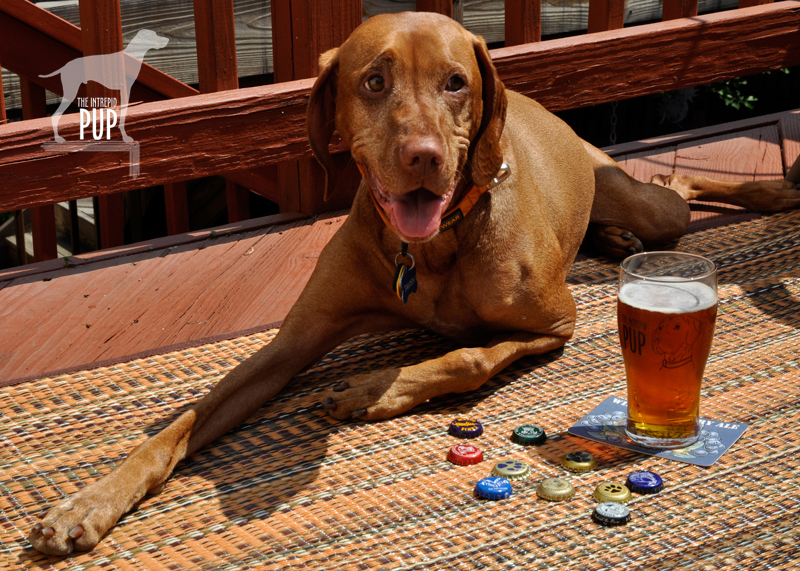 And here’s where our final parallel to the Tavish, the Intrepid Pup comes in. He, too, has been known to hanker after certain malty brews. But with hops’ potential for toxicity in dogs and carbonation/alcohol just being a bad combo for them in general, what’s a malt barley-loving pup to do? Believe it or not, the answer is Bowser Beer™. The company, 3 Busy Dogs Inc. (recently relocated to Seattle, Washington), “brews” batches of a broth-based novelty beverage especially for dogs. The recipe retains that malt barley (it’s good for its vitamin B and joint-friendly glucosamine) but is neither fizzy nor alcoholic. And yep, in a stroke of marketing genius, you can even customize a “six-pack” of Bowser Beer with your dog’s picture on the label!
And here’s where our final parallel to the Tavish, the Intrepid Pup comes in. He, too, has been known to hanker after certain malty brews. But with hops’ potential for toxicity in dogs and carbonation/alcohol just being a bad combo for them in general, what’s a malt barley-loving pup to do? Believe it or not, the answer is Bowser Beer™. The company, 3 Busy Dogs Inc. (recently relocated to Seattle, Washington), “brews” batches of a broth-based novelty beverage especially for dogs. The recipe retains that malt barley (it’s good for its vitamin B and joint-friendly glucosamine) but is neither fizzy nor alcoholic. And yep, in a stroke of marketing genius, you can even customize a “six-pack” of Bowser Beer with your dog’s picture on the label!
While the company’s “3 busy dogs” have changed over the years, the original mascot was Maggie, an English mastiff. The current team of official taste testers are Dax the Rottweiler, Quigley a Golden Irish, and a terrier mix named Muggsy.
So pour a Bowser Beer for your dog and raise a glass of your own* to these dog-inspired beers and breweries. Cheers from the Intrepid Pup!
* Requisite fine print: please drink responsibly.

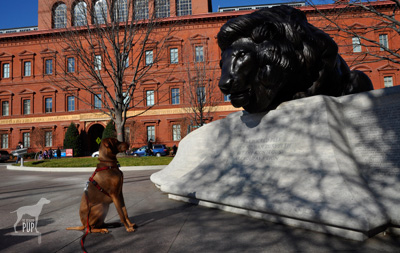

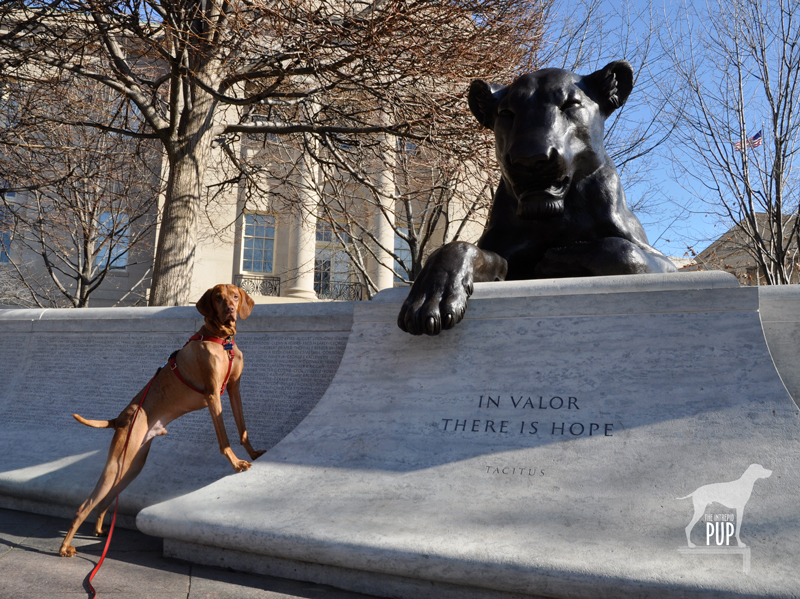

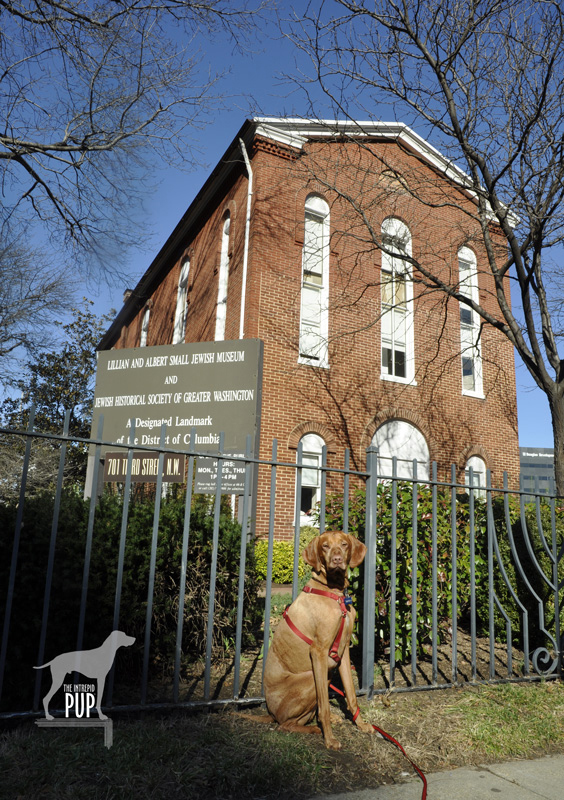 Now that the calendar has flipped to May, the national observance of
Now that the calendar has flipped to May, the national observance of 